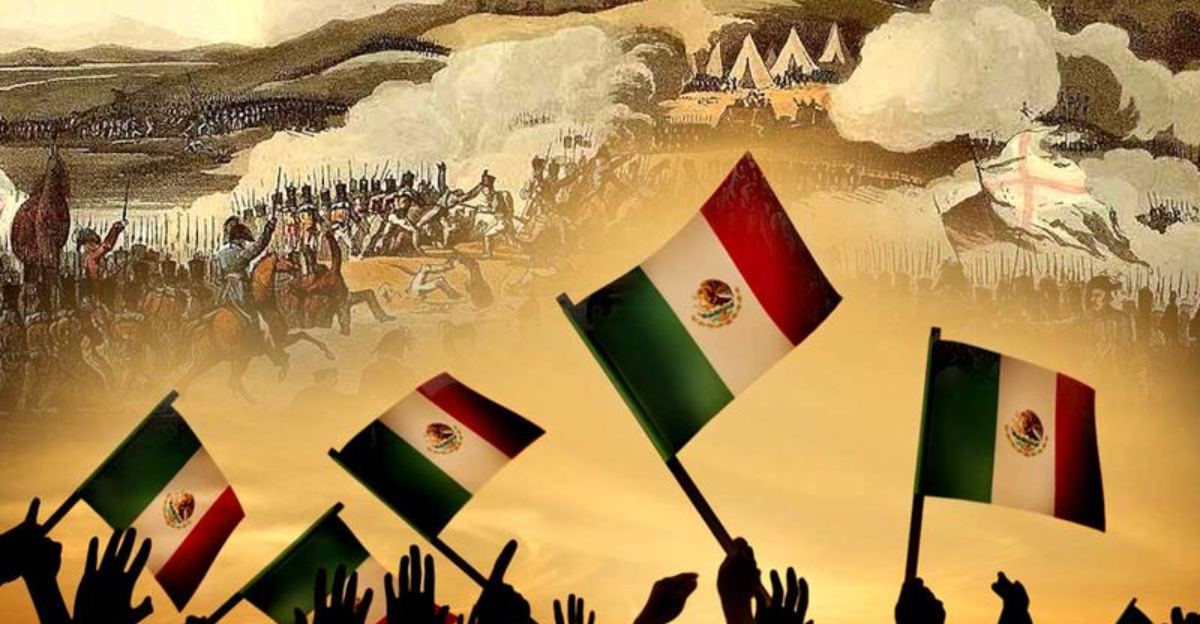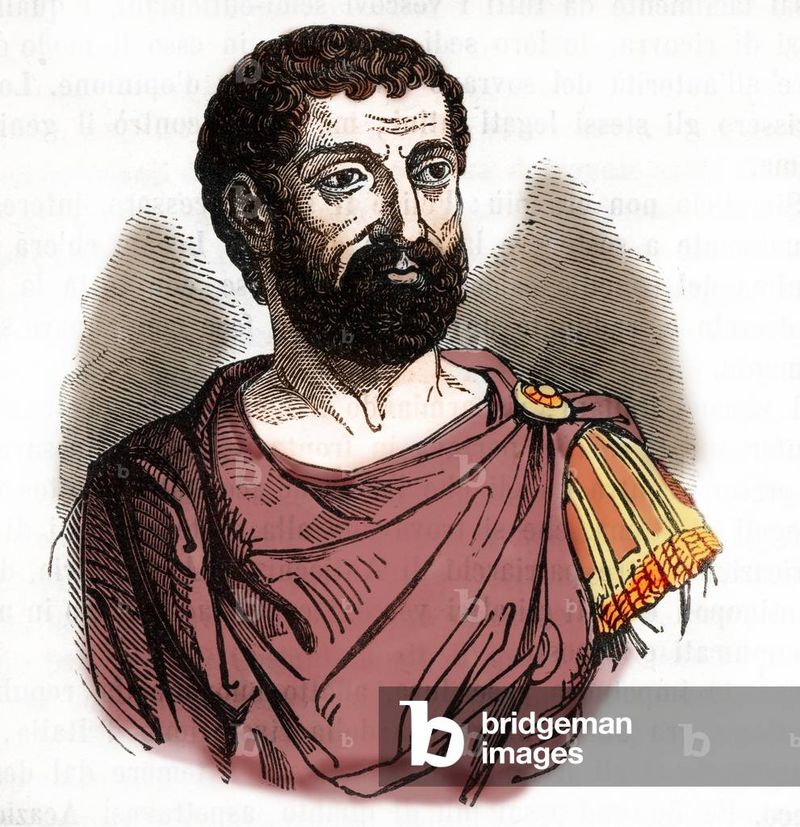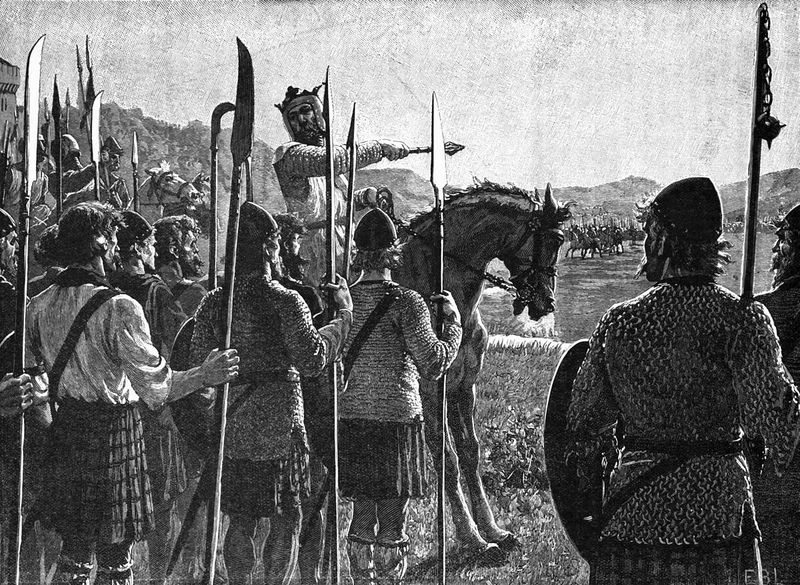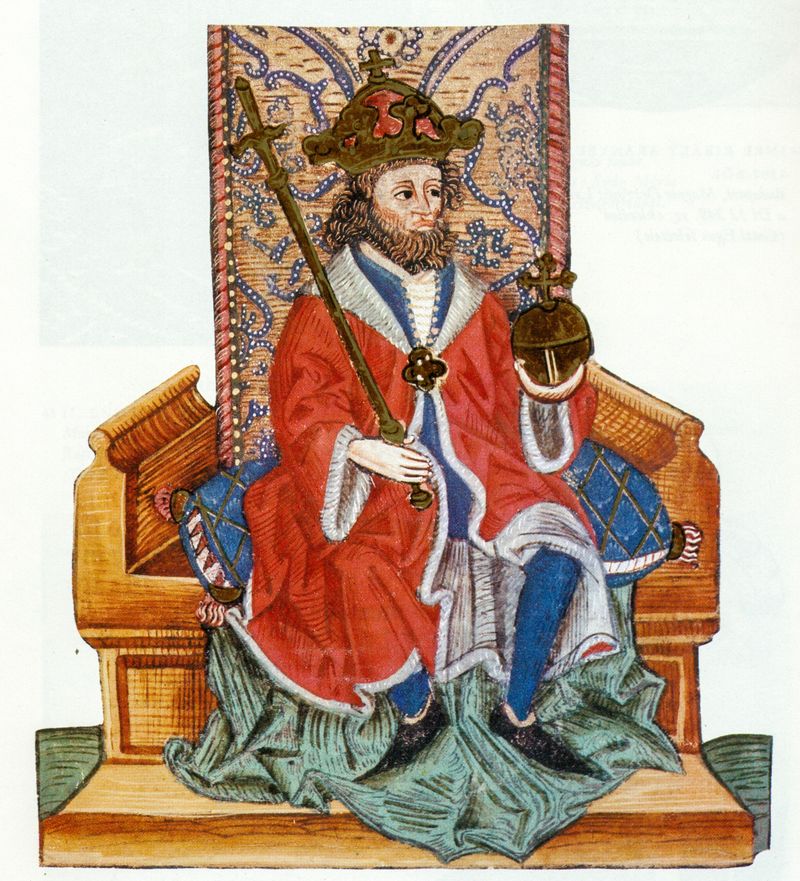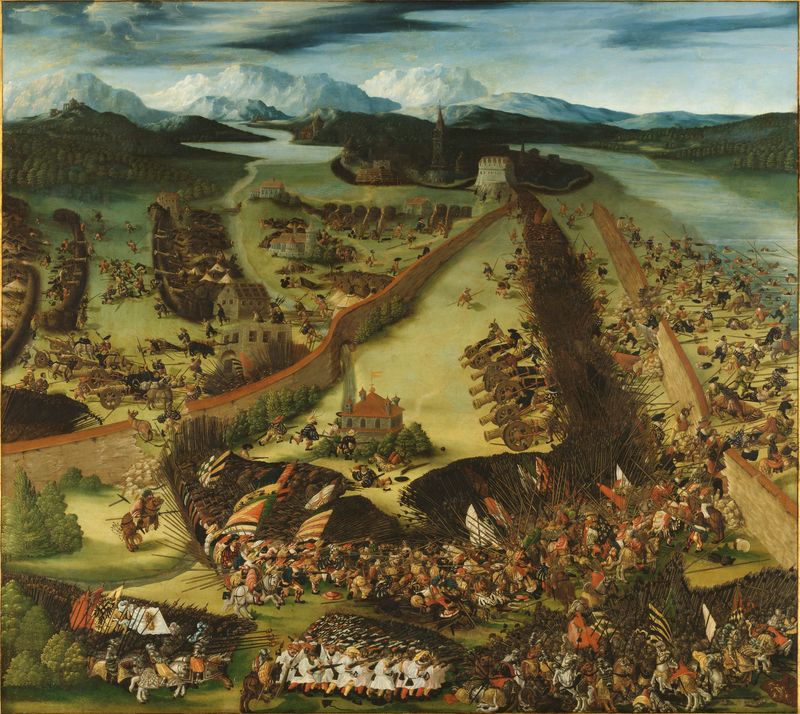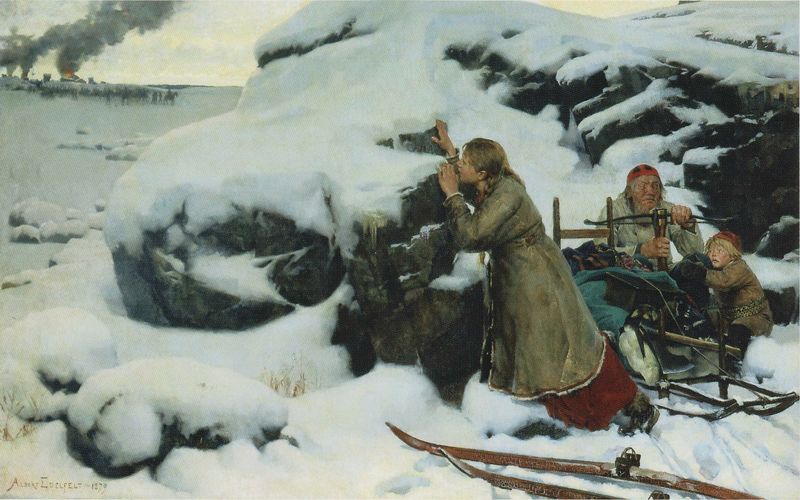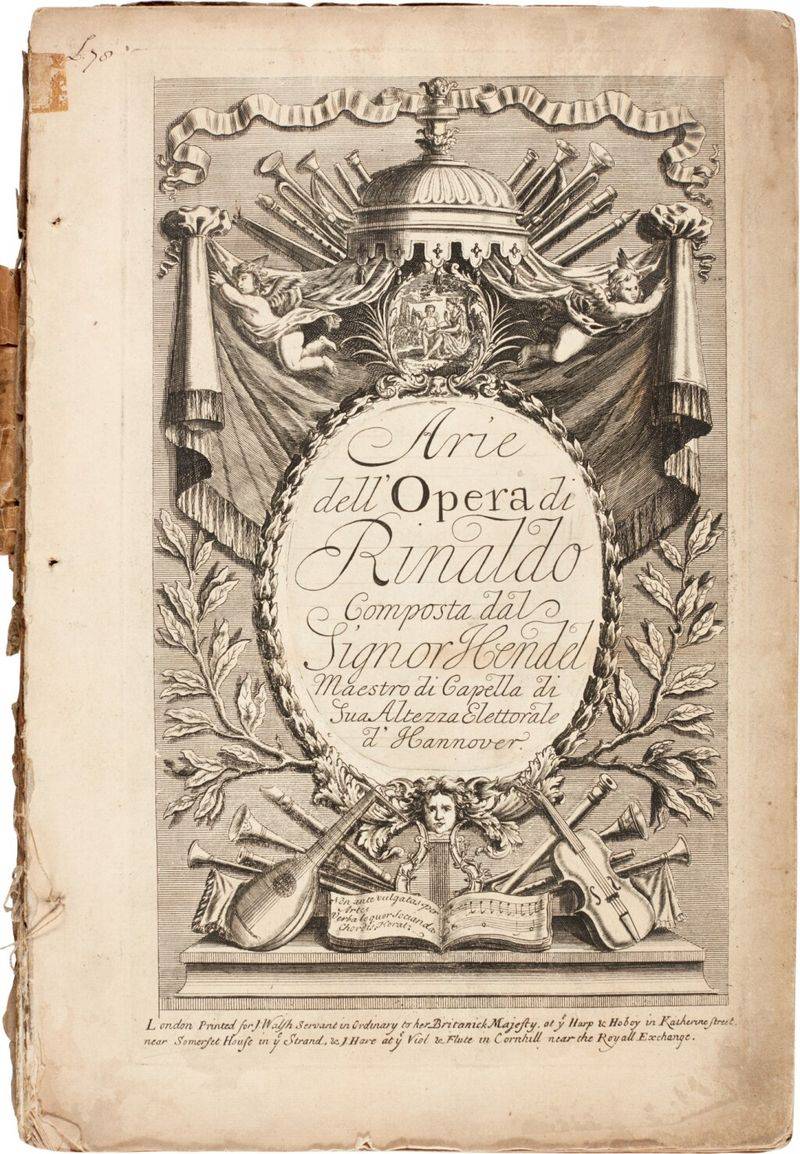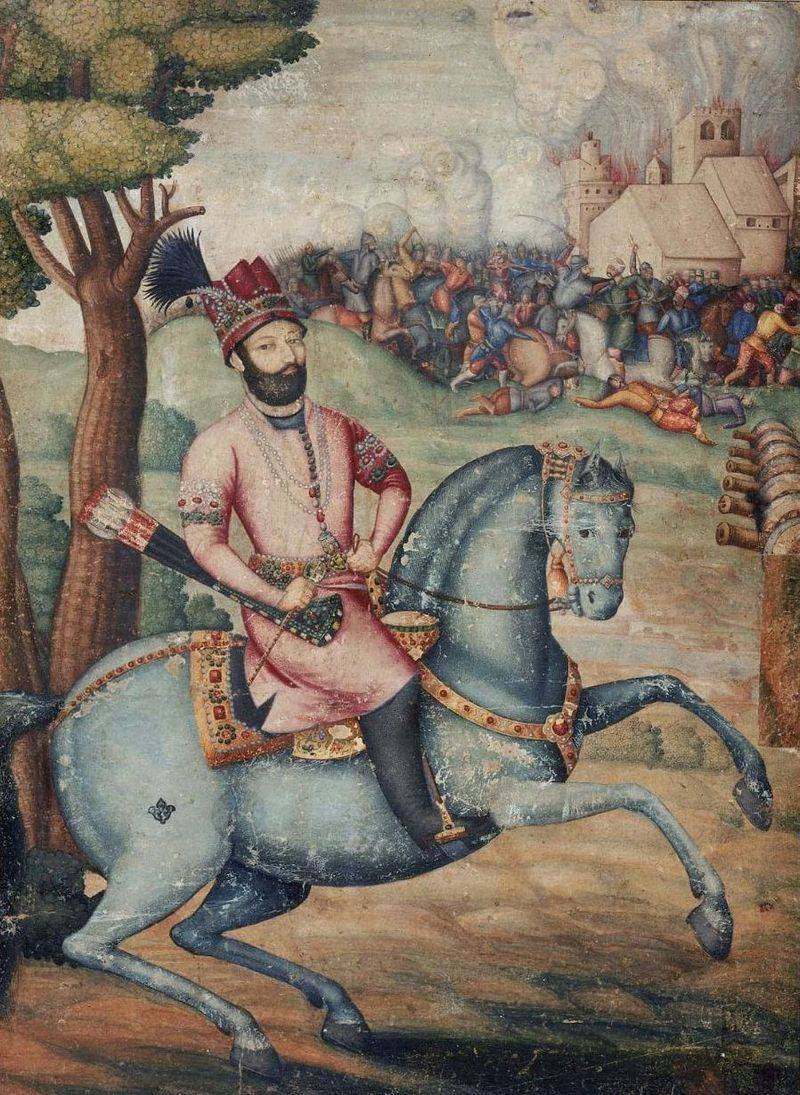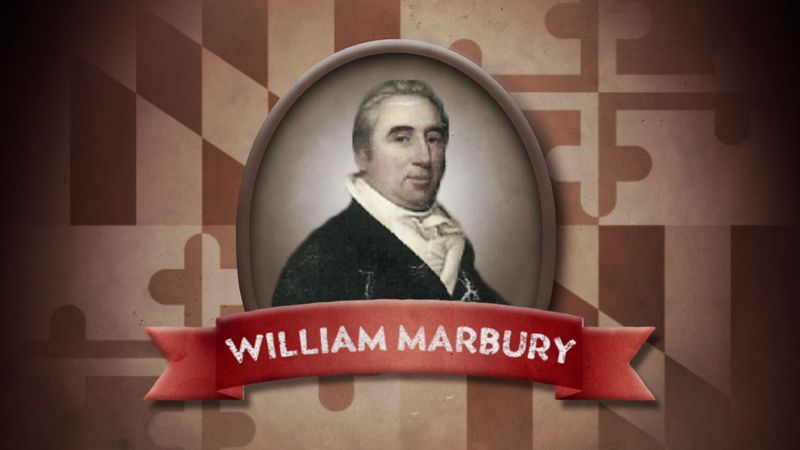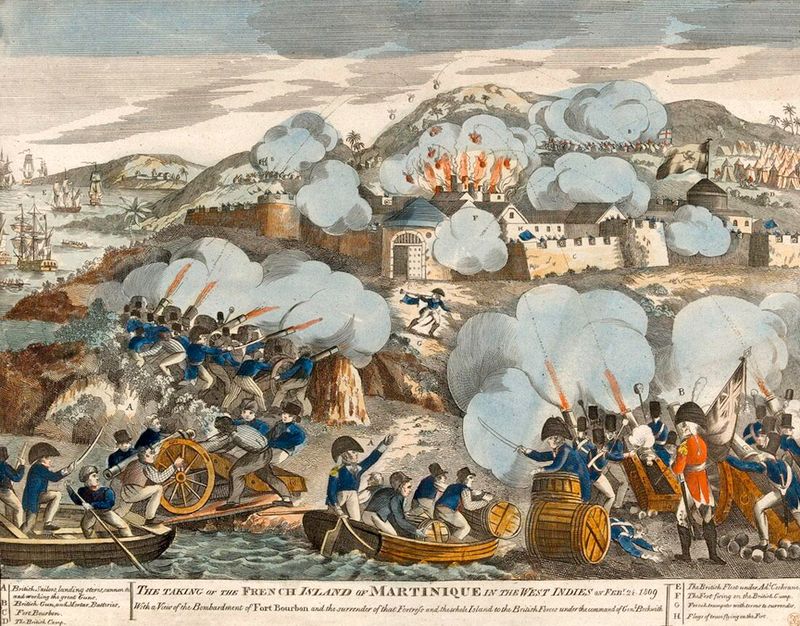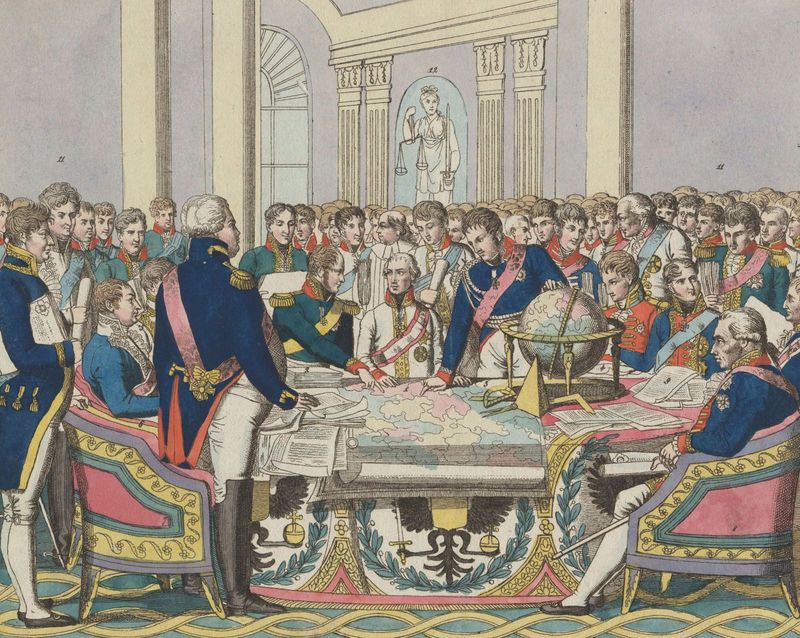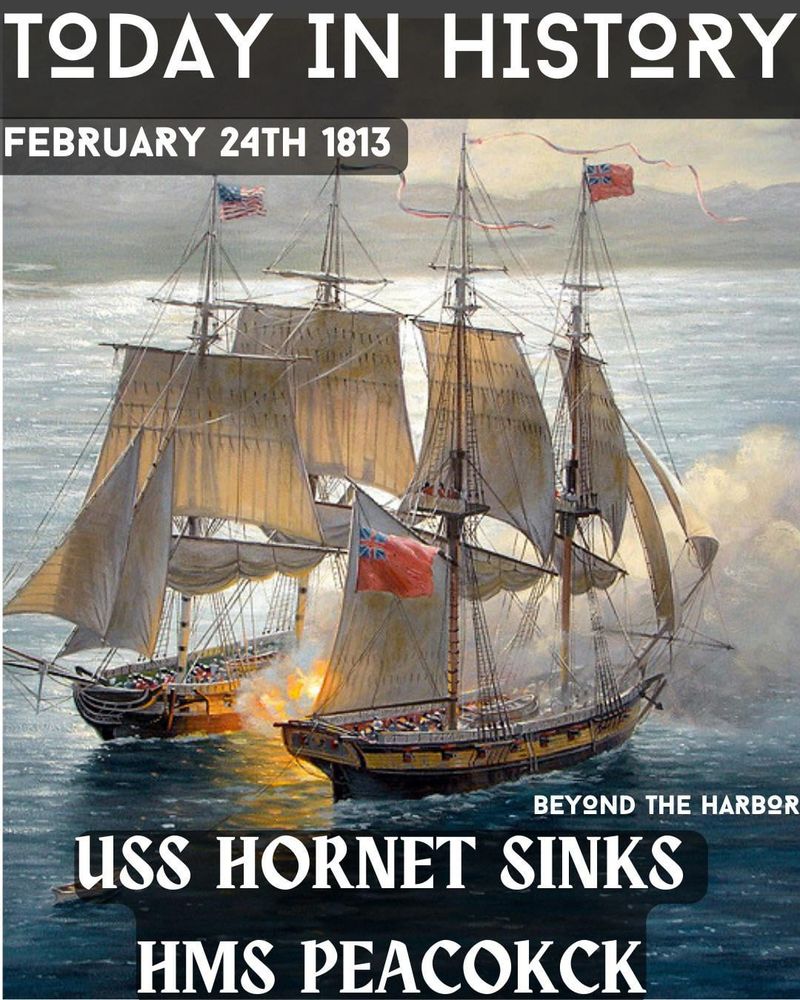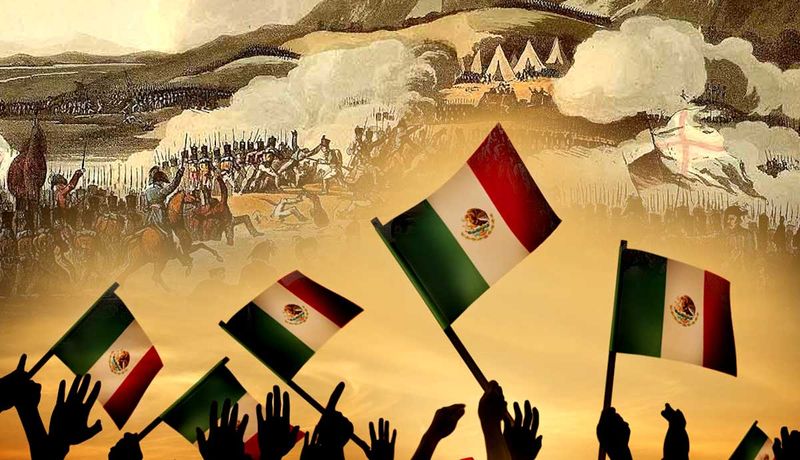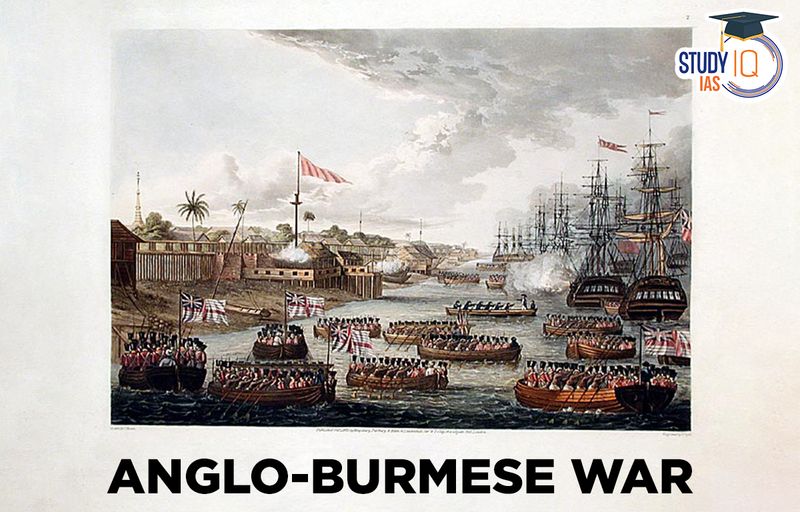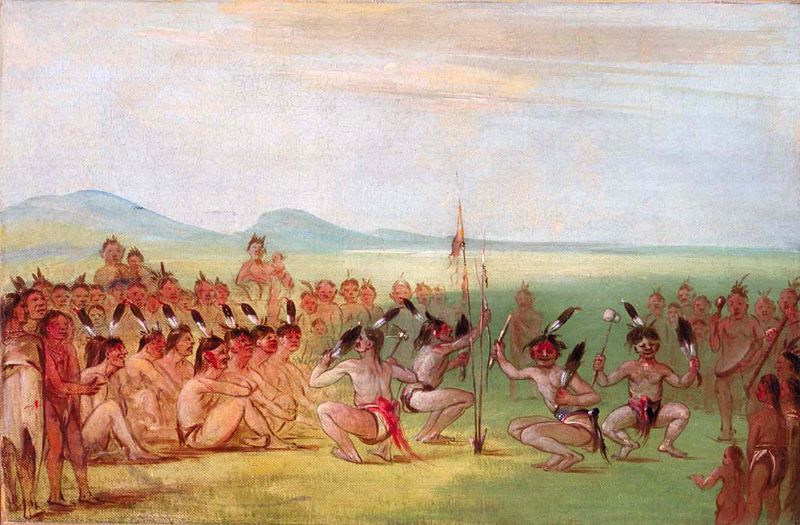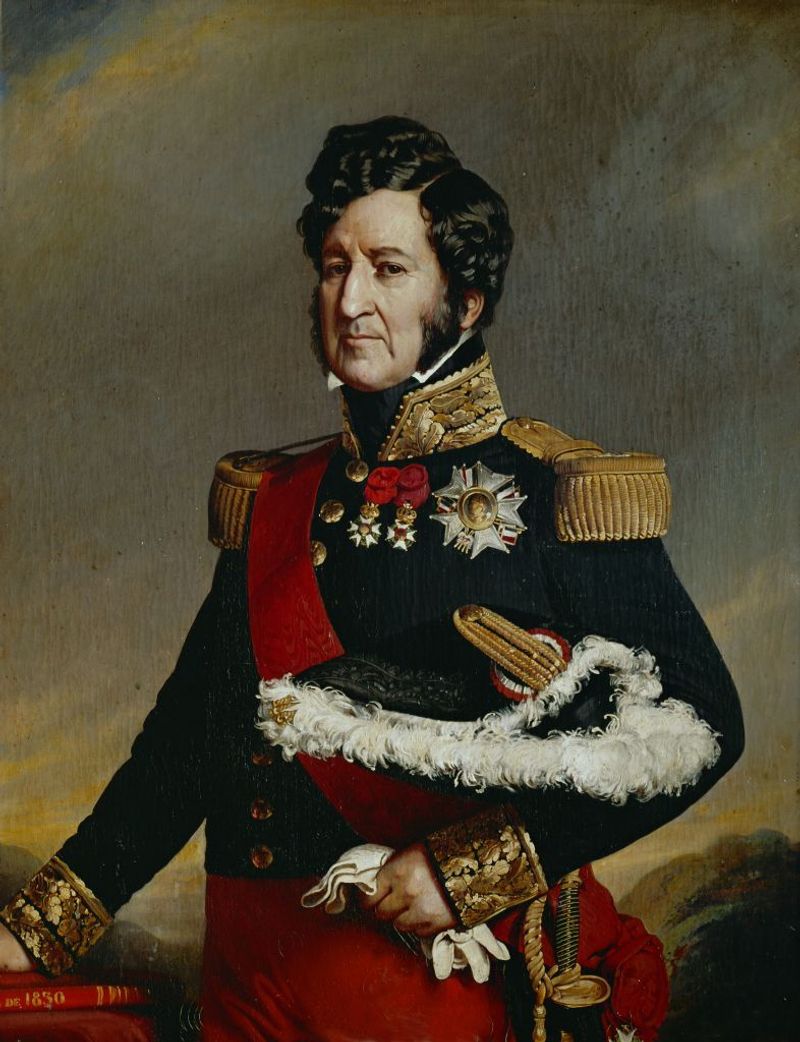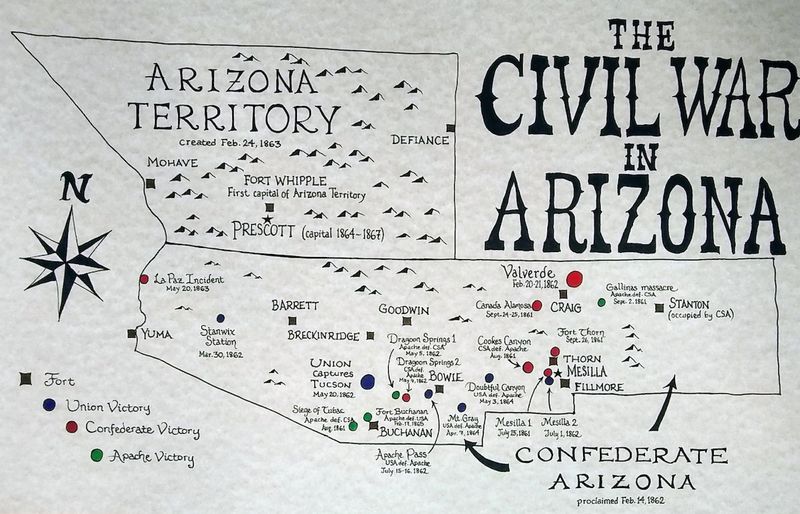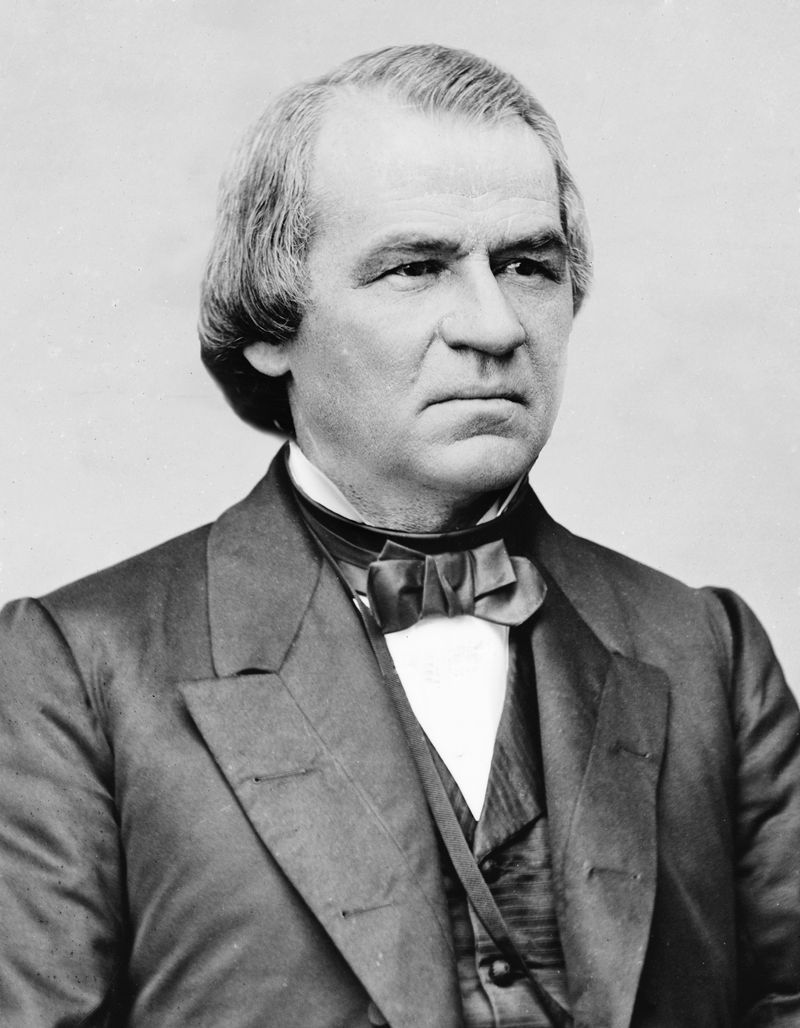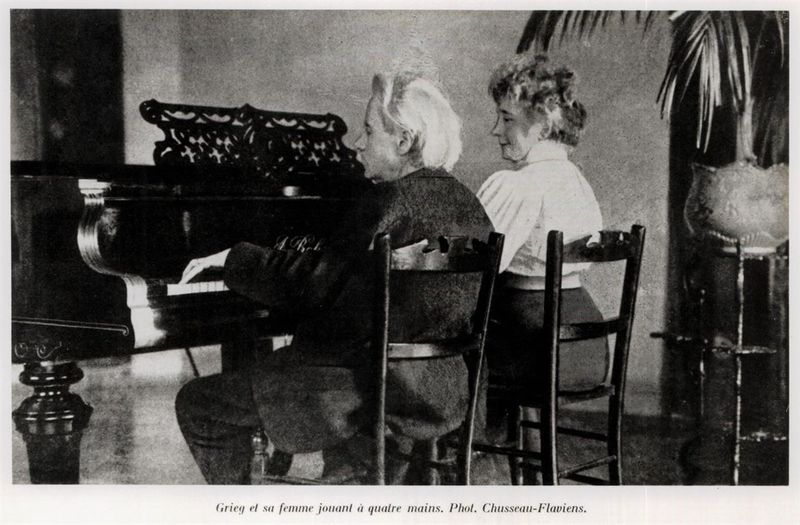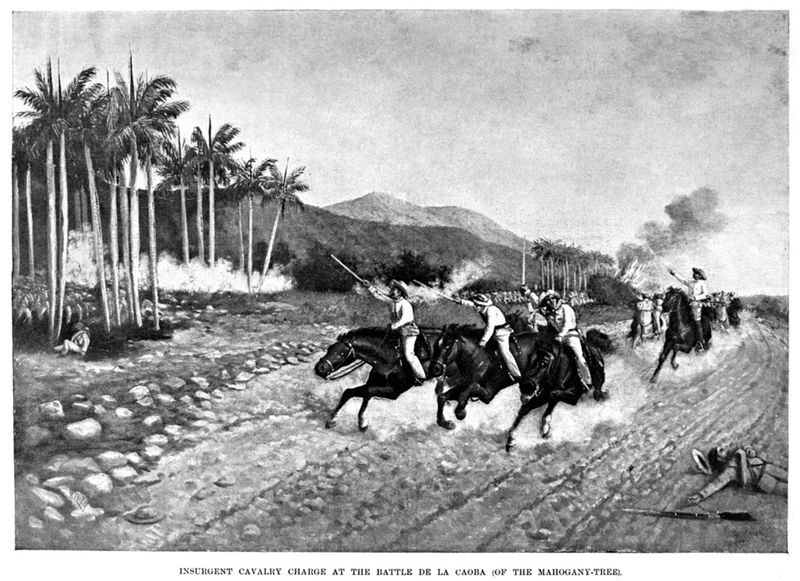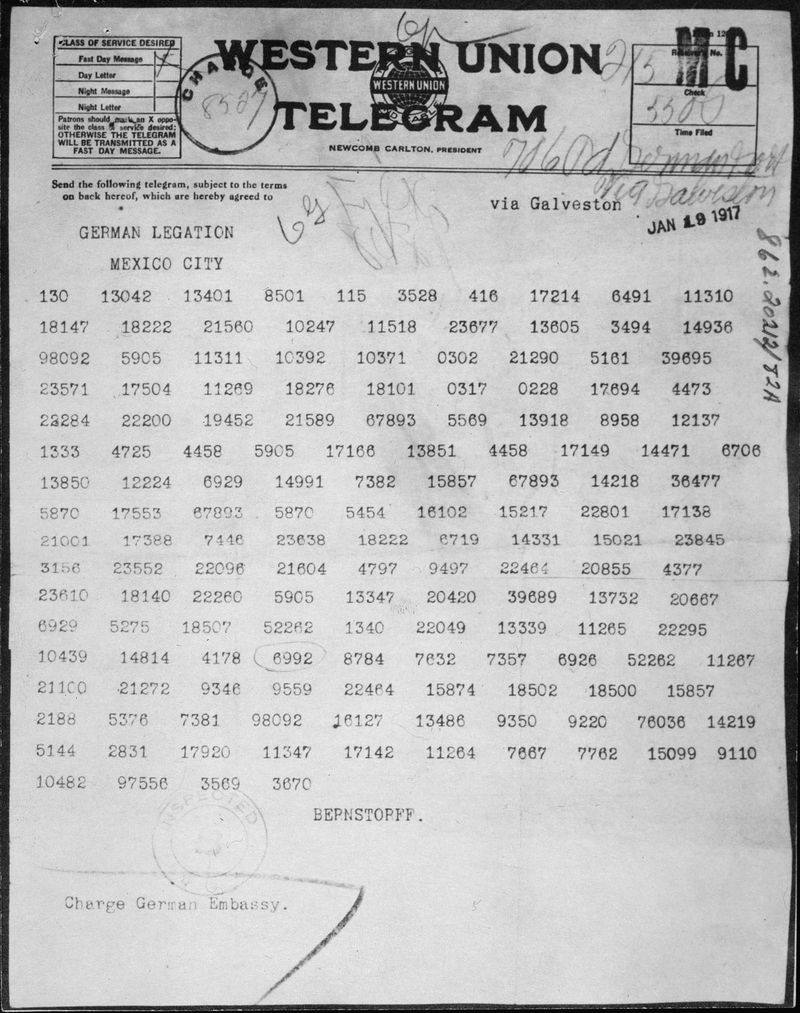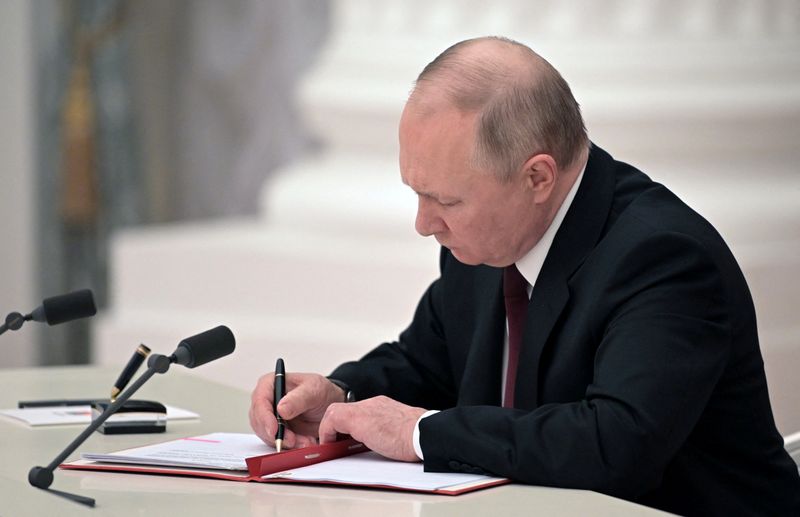February 24th has been a significant date throughout history, marked by pivotal events that have shaped the world in various ways.
From battles and treaties to cultural milestones and political upheavals, this day has witnessed moments that continue to resonate in our collective memory.
Join us as we explore 30 historical highlights that occurred on February 24th, each with its own unique story and impact.
1. 484 – King Huneric Banishes Nicene Bishops
In 484, King Huneric, the ruler of the Vandal Kingdom, took a decisive step against the Nicene bishops. His decree banished them from his realm, marking a significant conflict between Arianism and Nicene Christianity.
The move was part of Huneric’s broader strategy to consolidate power and suppress religious dissent. The tension between the two Christian sects was palpable, with Nicenes facing persecution and exile.
This act not only altered the religious landscape but also highlighted the broader struggle for religious dominance in the region. Huneric’s actions had long-lasting repercussions on the church’s influence.
2. 1303 – Battle of Roslin: English Defeated in Scottish Independence
The Battle of Roslin in 1303 was a pivotal moment in the Scottish Wars of Independence. Scottish forces, led by John Comyn and Simon Fraser, faced the English army in a fierce battle near Roslin. Despite being outnumbered, the Scots emerged victorious.
The triumph bolstered Scottish morale and resistance against English occupation. This battle is celebrated for its strategic brilliance and the resilience of Scottish warriors.
It underscored the determination of the Scots to maintain their sovereignty and pride. The victory at Roslin remains a symbol of Scotland’s enduring fight for freedom.
3. 1386 – Assassination of King Charles III of Naples and Hungary
On February 24, 1386, King Charles III of Naples and Hungary faced a tragic end. His assassination was orchestrated by political rivals who sought to alter the course of power in the region. This violent act marked a tumultuous period in European history.
Charles III’s reign was characterized by efforts to expand his influence, but internal conflicts and external threats were constant challenges.
His death led to a power vacuum and further instability in Naples and Hungary. The assassination is a stark reminder of the perilous nature of medieval politics and the fragility of leadership.
4. 1525 – Battle of Pavia: Spanish-Austrian Victory Over the French
The Battle of Pavia on February 24, 1525, was a turning point in the Italian Wars. The Spanish and Austrian forces clashed with the French army, resulting in a decisive victory for the Habsburg alliance. The battle demonstrated the effectiveness of new military tactics.
French King Francis I was captured, leading to a significant shift in power dynamics across Europe. This defeat weakened French influence in Italy and underscored the growing might of the Habsburgs.
The Battle of Pavia remains a testament to the evolving nature of warfare and the geopolitical struggles of the Renaissance.
5. 1527 – Coronation of Ferdinand I as King of Bohemia
In 1527, Ferdinand I was crowned as King of Bohemia, marking a new era in Central European politics. The coronation took place in Prague, amidst great pomp and ceremony. Ferdinand’s ascension consolidated the Habsburg influence in Bohemia.
His reign was marked by efforts to strengthen royal authority and manage religious tensions in the region. Ferdinand’s policies laid the groundwork for future Habsburg dominance in Central Europe.
The coronation was not just a ceremonial event but a strategic move to secure Habsburg interests. It remains a significant moment in the history of Bohemia and the Habsburg dynasty.
6. 1538 – Treaty of Nagyvárad Signed Between Ferdinand I and King John Zápolya
The Treaty of Nagyvárad, signed in 1538, was a significant diplomatic agreement between Ferdinand I and King John Zápolya. This treaty aimed to resolve the succession crisis in Hungary, dividing the kingdom between the two rulers.
The agreement was a pragmatic solution to ongoing conflicts, ensuring a temporary peace in a region plagued by political instability. While the treaty did not end the power struggles entirely, it provided a framework for coexistence.
The Treaty of Nagyvárad highlights the complexities of medieval diplomacy and the efforts to balance power in a divided kingdom.
7. 1582 – Gregorian Calendar Announced via Papal Bull “Inter gravissimas”
The Gregorian Calendar, announced by Pope Gregory XIII in 1582, revolutionized the way we measure time. Via the Papal Bull “Inter gravissimas,” this new calendar was introduced to correct inaccuracies in the Julian Calendar.
The reform adjusted the leap year rule and realigned the calendar with the solar year, addressing the drift that had occurred over centuries.
This change was initially met with resistance but gradually adopted worldwide, demonstrating the church’s influence over temporal matters. The Gregorian Calendar remains the standard today, underscoring the enduring impact of this pivotal reform.
8. 1597 – Last Battle of the Cudgel War on Santavuori Hill
The Cudgel War’s final battle occurred on Santavuori Hill in 1597, marking the end of this Finnish peasant uprising. The conflict saw peasants armed with simple cudgels confront Swedish troops in a struggle for better living conditions.
Despite their bravery, the peasant forces were ultimately defeated, leading to harsh reprisals and further subjugation. This battle highlighted the social and economic tensions in Finland under Swedish rule.
The Cudgel War and its conclusion on Santavuori Hill remain a poignant reminder of the struggles faced by commoners in their quest for justice and equality.
9. 1607 – Premiere of Monteverdi’s L’Orfeo, One of the First Operas
In 1607, Monteverdi’s L’Orfeo premiered in Mantua, Italy, marking a milestone in the history of music. Considered one of the first operas, L’Orfeo blended music, drama, and poetry to create a new art form.
The opera tells the mythological story of Orpheus and Eurydice, captivating audiences with its innovative use of orchestration and vocal expression.
Monteverdi’s work laid the foundation for future operatic compositions and influenced generations of composers. The premiere of L’Orfeo is celebrated as a defining moment in the evolution of Western music and the birth of opera as a genre.
10. 1711 – Handel’s Opera “Rinaldo” Premieres in London
George Frideric Handel’s opera “Rinaldo” premiered in London in 1711, captivating audiences with its dramatic music and theatrical spectacle. As Handel’s first Italian opera composed for the London stage, it featured elaborate staging and memorable arias.
“Rinaldo” was a commercial success, solidifying Handel’s reputation as a leading composer of his time. The opera’s themes of love, war, and magic resonated with contemporary audiences.
Handel’s innovative compositions and the opera’s grand production had a lasting impact on the development of opera in England. “Rinaldo” remains a celebrated work in the operatic repertoire.
11. 1739 – Battle of Karnal: Nader Shah Defeats Mughal Forces
The Battle of Karnal in 1739 was a decisive conflict between Nader Shah’s Persian forces and the Mughal Empire. Nader Shah’s strategic prowess led to a resounding victory, allowing him to march on Delhi.
The defeat exposed the Mughal Empire’s vulnerabilities and marked a significant shift in power dynamics in the region. Nader Shah’s invasion left a lasting impact, leading to immense looting and weakening the Mughal grip on India.
The Battle of Karnal is remembered for its dramatic consequences and as a turning point in South Asian history, illustrating the fragility of imperial power.
12. 1803 – Marbury v. Madison Establishes Judicial Review in the U.S.
The landmark case of Marbury v. Madison in 1803 established the principle of judicial review in the United States. Chief Justice John Marshall’s decision empowered the Supreme Court to nullify unconstitutional laws.
This ruling was a pivotal moment in American legal history, solidifying the judiciary’s role as a co-equal branch of government. The case arose from a dispute over judicial appointments, but its implications extended far beyond.
Marbury v. Madison set a precedent for future court interpretations, shaping the balance of power between branches of government. Its legacy endures as a cornerstone of constitutional law.
13. 1809 – Drury Lane Theatre Burns Down in London
On February 24, 1809, the Drury Lane Theatre in London was engulfed in flames, leading to its complete destruction. The fire consumed one of the city’s most prominent cultural landmarks.
The theater, known for its grand productions and illustrious history, was a significant loss to London’s artistic community. The destruction prompted discussions on fire safety in public buildings.
Despite the devastation, Drury Lane was eventually rebuilt, continuing its legacy as a center for performing arts. The fire remains a dramatic chapter in the history of London’s theaters and urban development.
14. 1809 – Britain Invades and Captures Martinique
In 1809, Britain launched a military campaign to capture the French-controlled island of Martinique. The strategic invasion was part of the broader conflicts of the Napoleonic Wars.
British forces successfully took control of the island, disrupting French influence in the Caribbean region. This victory bolstered British naval dominance and secured critical trade routes.
The capture of Martinique was a testament to Britain’s naval strategy and its impact on colonial geopolitics. The operation demonstrated the reach of British military power and its significance in shaping the Caribbean’s colonial landscape.
15. 1812 – Treaty of Paris Signed Between Napoleon and Frederick William III
The Treaty of Paris, signed in 1812, was an agreement between Napoleon Bonaparte and Frederick William III of Prussia. This treaty was part of the complex alliances and enmities of the Napoleonic Wars.
The agreement aimed to stabilize relations between France and Prussia amidst ongoing European conflicts. However, the treaty’s provisions were short-lived as the geopolitical landscape continued to shift rapidly.
The Treaty of Paris is a reflection of the era’s turbulent diplomacy and the challenges of maintaining peace. It serves as a historical reminder of the intricacies of Napoleonic-era politics.
16. 1813 – Sinking of HMS Peacock by USS Hornet on the Demerara River
In 1813, the USS Hornet engaged and destroyed HMS Peacock in a naval battle on the Demerara River during the War of 1812. This encounter showcased the prowess of American naval forces.
The victory was a morale booster for the United States, demonstrating its growing naval capabilities. The battle was swift, with Peacock sinking soon after being struck. The engagement highlighted the strategic importance of river battles in the war.
The sinking of HMS Peacock served as a testament to the determination and skill of the American navy, contributing to its legacy of maritime success.
17. 1821 – Final Stage of the Mexican War of Independence (Plan of Iguala)
The Plan of Iguala, drafted in 1821, marked the final stage of the Mexican War of Independence. This pivotal document outlined the principles for establishing Mexico as an independent nation.
The plan emphasized unity, religion, and independence, providing a foundation for the new country’s governance. Its adoption led to the successful conclusion of the independence struggle, with Mexico breaking free from Spanish rule.
The Plan of Iguala remains a symbol of Mexico’s national identity and the enduring quest for self-determination. It highlights the aspirations and challenges of building a nation after colonialism.
18. 1822 – Inauguration of the First Swaminarayan Temple in Ahmedabad
In 1822, the first Swaminarayan Temple was inaugurated in Ahmedabad, India, marking a significant moment for the Swaminarayan Sampradaya. This temple became a focal point for spiritual and community activities.
The inauguration was attended by devotees and religious leaders, celebrating a new era of worship and cultural enrichment. The temple’s architecture reflected traditional designs, symbolizing spiritual aspiration.
It continues to be a center for religious gatherings and social initiatives. The inauguration of this temple is a testament to the enduring influence of Swaminarayan teachings and the vibrancy of Indian religious traditions.
19. 1826 – Treaty of Yandabo Ends the First Anglo-Burmese War
The Treaty of Yandabo, signed in 1826, concluded the First Anglo-Burmese War, marking a significant shift in Southeast Asian geopolitics. The treaty imposed harsh terms on Burma, including territorial concessions.
The agreement demonstrated British imperial ambitions and their impact on regional dynamics. It marked the beginning of Burma’s gradual incorporation into British India.
The Treaty of Yandabo remains a pivotal moment in Burmese history, illustrating the complexities of colonial expansion. It underscores the lasting repercussions of imperialism on Southeast Asian nations and their struggle for sovereignty.
20. 1831 – Treaty of Dancing Rabbit Creek: Choctaw Removal Treaty Proclaimed
The Treaty of Dancing Rabbit Creek, proclaimed in 1831, was a critical moment in U.S. history, marking the first removal treaty under the Indian Removal Act. The agreement forced the Choctaw Nation to cede their ancestral lands.
The treaty resulted in the displacement of thousands of Choctaw people to Indian Territory, amidst great hardship. This event highlighted the controversial policies of Native American removal and the impact on indigenous communities.
The Treaty of Dancing Rabbit Creek is a somber reminder of the struggles faced by Native Americans and the ongoing quest for justice and recognition.
21. 1848 – Abdication of King Louis-Philippe of France
In 1848, King Louis-Philippe of France abdicated in the wake of widespread revolutionary unrest. His departure marked the end of the July Monarchy and a period of political upheaval.
The abdication was a response to mounting pressure from republican movements and economic strife. Louis-Philippe’s fall from power led to the establishment of the French Second Republic.
This event underscores the volatility of 19th-century European politics and the desire for democratic reform. The abdication of Louis-Philippe remains a notable chapter in the history of France’s quest for political stability and modernization.
22. 1854 – Issuance of the First Perforated Postage Stamp (Penny Red)
In 1854, the first perforated postage stamp, known as the Penny Red, was issued in Britain. This innovation revolutionized the postal system, making it easier to separate stamps.
The introduction of perforations improved efficiency and convenience in mailing, aligning with industrial advancements of the era. The Penny Red became an iconic symbol of British postal history, paving the way for future innovations.
This development highlights the period’s technological progress and its impact on communication. The Penny Red stands as a testament to the transformative power of seemingly small innovations in daily life.
23. 1863 – Arizona Organized as a U.S. Territory
In 1863, Arizona was organized as a U.S. territory, marking a significant expansion of American frontiers. This reorganization was part of the broader territorial development during the westward expansion.
The creation of the Arizona Territory facilitated settlement and resource exploration, playing a vital role in the nation’s growth. It also set the stage for Arizona’s later statehood.
This event reflects the dynamic changes in American geography and the ongoing narrative of exploration and settlement. The organization of Arizona as a territory underscores the themes of opportunity and transformation in U.S. history.
24. 1868 – Andrew Johnson Becomes the First U.S. President to be Impeached
In 1868, Andrew Johnson became the first U.S. president to be impeached, a landmark event in American political history. The impeachment arose from Johnson’s contentious policies during Reconstruction.
His approach to Southern states and clashes with Congress over civil rights fueled political tensions. Though acquitted in the Senate, the proceedings underscored the checks and balances within the U.S. government.
Johnson’s impeachment remains a significant example of the constitutional process and political conflict. It highlights the complexities of leadership and governance during a transformative period in American history.
25. 1875 – Sinking of the SS Gothenburg off the Australian Coast
The SS Gothenburg met a tragic fate in 1875 when it sank off the Australian coast during a fierce storm. The disaster resulted in significant loss of life, shocking the maritime community.
The tragedy underscored the perils of sea travel in the 19th century and led to calls for improved safety measures. The sinking of the SS Gothenburg remains a poignant reminder of the risks faced by sailors and passengers.
This event is part of the broader history of maritime exploration and the human quest to conquer the seas. It symbolizes courage and the unpredictable nature of the ocean.
26. 1876 – Stage Premiere of Henrik Ibsen’s “Peer Gynt” in Christiania (Oslo)
Henrik Ibsen’s “Peer Gynt” premiered on stage in Christiania (now Oslo) in 1876, captivating audiences with its innovative narrative and rich symbolism. The play, set to Edvard Grieg’s music, explored themes of identity and ambition.
The premiere marked a significant moment in Norwegian cultural history, showcasing Ibsen’s literary prowess. “Peer Gynt” has since become a cornerstone of world literature, celebrated for its exploration of human nature.
The stage premiere reflects the power of theater to challenge and inspire audiences. Ibsen’s work continues to influence playwrights and remains a timeless piece in the theatrical canon.
27. 1881 – Sino-Russian Ili Treaty Signed
The Sino-Russian Ili Treaty, signed in 1881, resolved territorial disputes between China and Russia. The treaty restored Chinese control over the Ili Valley, reflecting the complex interplay of regional powers.
This agreement was part of broader efforts to manage borders and maintain peace in Central Asia. The treaty’s signing was a diplomatic success, averting potential conflicts in a volatile region.
It highlights the intricate dynamics of 19th-century geopolitics and the challenges of negotiating peace. The Sino-Russian Ili Treaty is remembered as a milestone in the diplomatic history of both nations.
28. 1895 – Revolution in Baire Sparks the Cuban War of Independence
In 1895, the Revolution in Baire ignited the Cuban War of Independence, marking a pivotal moment in the island’s struggle against Spanish colonial rule. The uprising was driven by a desire for freedom and national identity.
Revolutionaries rallied in Baire, sparking a widespread movement that would eventually lead to Cuba’s independence. The conflict highlighted the resilience and determination of the Cuban people.
The Revolution in Baire remains a symbol of the fight for liberation and the enduring quest for self-determination. It underscores the broader themes of resistance and the quest for nationhood in Latin American history.
29. 1917 – Zimmermann Telegram Delivered to the U.S. Ambassador
In 1917, the Zimmermann Telegram was delivered to the U.S. ambassador, a pivotal moment in the lead-up to America’s entry into World War I. The telegram revealed a German proposal for a military alliance with Mexico.
Its interception and publication inflamed public opinion in the United States, contributing to the decision to join the Allies. The incident underscored the complexities of international espionage and diplomacy during wartime.
The Zimmermann Telegram remains a significant example of how communication can alter the course of history. It highlights the intricate web of alliances and conflicts in early 20th-century geopolitics.
30. 2022 – Putin Orders Full-Scale Invasion of Ukraine
On February 24, 2022, Russian President Vladimir Putin ordered a full-scale invasion of Ukraine, marking a dramatic escalation in regional conflict. The invasion drew widespread condemnation and led to severe geopolitical tensions.
The conflict resulted in devastating humanitarian consequences, with millions displaced and widespread destruction. The invasion highlighted the fragility of international peace and the complexities of modern warfare.
It remains a significant event in recent history, shaping global politics and security. The invasion of Ukraine underscores the challenges of sovereignty and the ongoing struggle for territorial integrity in a turbulent world.
